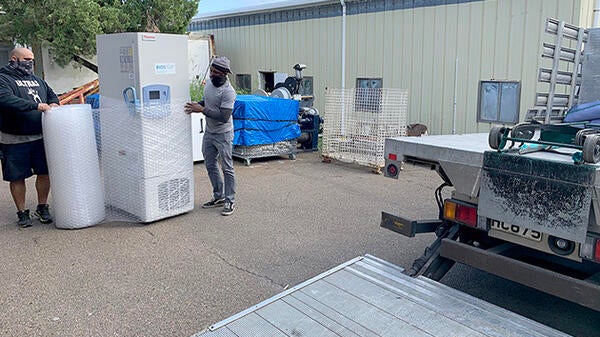It is not often that a piece of scientific equipment from BIOS’s research vessel (R/V) Atlantic Explorer gets the opportunity to help the broader community in Bermuda. But that is just what happened to an ultra-low temperature (ULT) freezer as the island prepared to receive and administer the newly developed COVID-19 vaccine.
Three Months at BIOS Provides a Springboard for Success
January 10, 2021
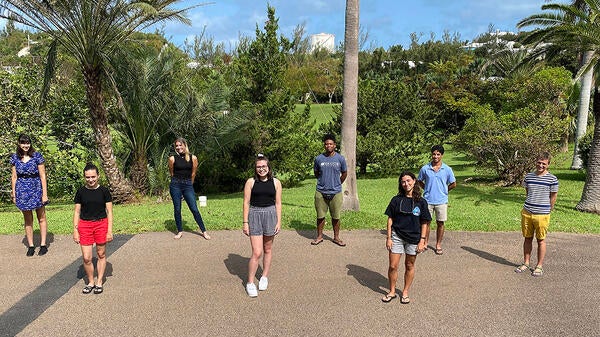
The ongoing COVID-19 pandemic cancelled many in-person education experiences worldwide in 2020, but last fall the National Science Foundation (NSF) Research Experiences for Undergraduates (REU) program at BIOS proceeded with strict quarantine measures and social distancing procedures in place, in accordance with Bermuda Government guidelines.
Catching up With a Colleague
February 05, 2021

In 1989, BIOS was still known as the Bermuda Biological Station for Research and its logo was an angelfish surrounded by a concentric ring of nautical rope. Back then, the Institute’s research vessel was Weatherbird II, acquired that year to support the increased use associated with the open-ocean research and equipment testing for which BIOS became known. And when biologist and educator Dr. Edward F. MacNichol, Jr. made a generous gift in memory of his parents, the MacNichol Fund was established, allowing the Institute to recruit talented young scientists to establish their own independent research programs. The first hire was Fred Lipschultz, then a postdoctoral student and biological oceanographer from Harvard University, who arrived in September 1989.
BIOS Intern Featured in NSF Scientist Selfie Series
February 07, 2021
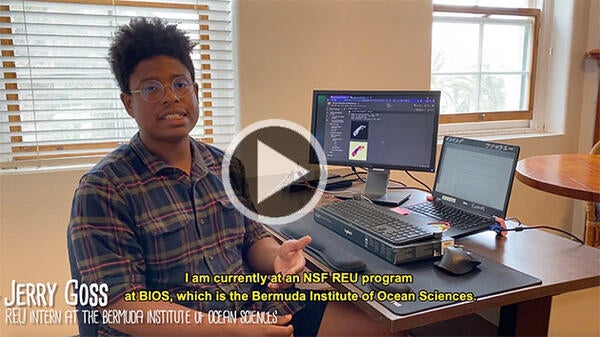
The latest Scientist Selfie video, promoted by the National Science Foundation (NSF), features BIOS Research Experiences for Undergraduates (REU) intern Jerry Goss and his studies of plankton with BIOS ecologist Leocadio Blanco-Bercial.
A Chance for Citizens to Contribute
February 08, 2021
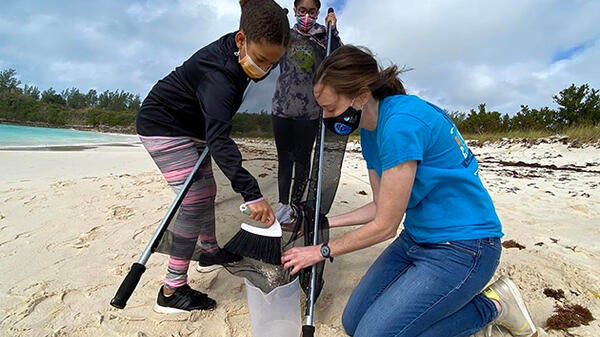
Bermudian Tiana Outerbridge first learned about marine plastics washing up on coastal shores and harming marine life from a Netflix documentary, which she said left her “totally dismayed” and feeling like “we must make a better effort of taking care of the earth.” She found that opportunity this month, when BIOS educators offered local residents a chance to pitch in and learn more about ocean microplastics, pulverized plastic pieces smaller than cupcake sprinkles. As a pollutant, these accumulated bits can harm aquatic life and, potentially, human health.
Gliders Return to Action
February 20, 2021
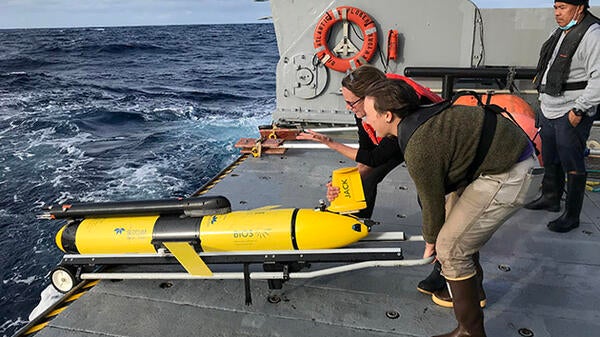
After a year of shark attacks, leaking instruments, and a hiatus resulting from the global COVID-19 pandemic, BIOS’s gliders are back to work in the waters offshore Bermuda.
Understanding Data, One “Byte” at a Time
March 05, 2021
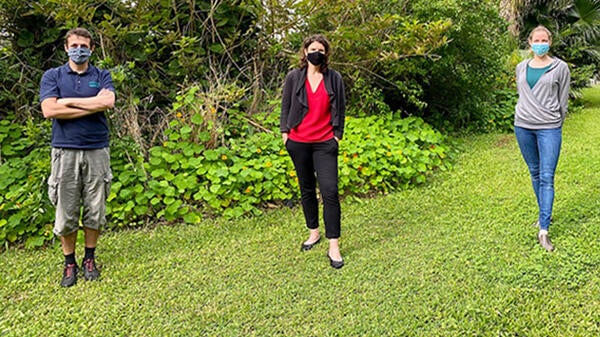
Every time science researchers conduct an experiment at sea or make measurements in a lab, they gather tens of thousands of data points. Collectively, these tell a story of the places, organisms, and communities scientists study and the research questions they are addressing.
Hunt for Elusive Eel Breeding Ground Featured on CBS
January 28, 2022
The shocking truth about eels CBS News Correspondent Conor Knighton talks with experts who share their fascination with the unknowable mysteries of the eel.
A Science Sabbatical in Bermuda
January 29, 2022
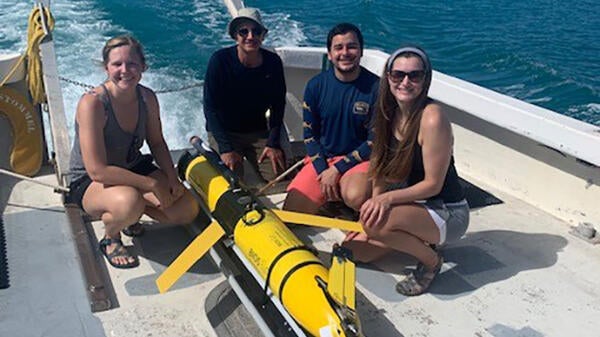
Traditionally, sabbaticals are offered to faculty after seven years or more of tenured work at their home institution. The sabbatical allows faculty to take paid leave and engage in a variety of activities, such as research collaborations with scientists at other institutions; full-time writing for books or peer-reviewed journal papers; the pursuit of funding opportunities; travel for field research; or the development of new professional skills.
A BIOS Treasure: The Tudor Hill Marine Atmospheric Observatory
January 30, 2022
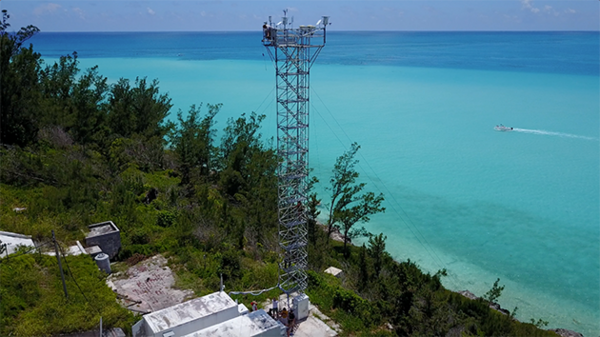
Perched near the shoreline on the southwest coast of Bermuda, the Tudor Hill Marine Atmospheric Observatory is one of BIOS’s lesser-known gems, and the source for data used in two scientific papers published last year in leading scientific journals. The publications – Atmospheric Chemistry and Physics and the Journal of Geophysical Research: Atmospheres – feature collaborations among multiple researchers in the U.S., Germany, and Bermuda, including BIOS environmental chemist and Tudor Hill observatory lead scientist Andrew Peters.
